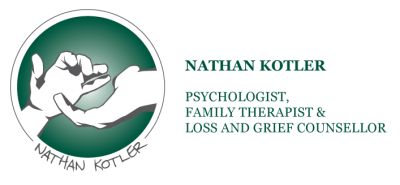Keeping therapies “complementary”, not “alternative”
Authored by Jane McCredie, 30 July 2018
IN 2013, a 21-year-old Spanish physics student, Mario Rodríguez, died of leukaemia after refusing a second round of chemotherapy in favour of “natural” remedies recommended by his homeopath.
In the wake of his son’s death, Mario’s grieving father, Julián Rodríguez, launched a legal action against the homeopath for reckless homicide and “professional intrusion” (essentially, falsely pretending to have medical knowledge).
The homeopath had prescribed 4000 euros worth of alternative medicines to Mario, including vitamins, fungi and alcohol, according to a report in the Independent.
He denied allegations he had claimed to be able to cure cancer, saying: “we train the body to enhance recovery and if cancer is cured, then perfect”.
The case became something of a cause célèbre in Spain, pitting those who are sceptical of alternative therapies against supporters.
Rodríguez senior became an active campaigner, forming an association to “protect the ill from pseudoscientific therapies”.
Earlier this year, Spanish courts absolved the homeopath of blame, saying Mario was responsible for the decision to abandon conventional treatment and criticising his father for attempting to turn the case into a trial of “so-called natural medicine” more generally.
Julián Rodríguez has vowed to fight on.
Without wishing to comment on the merits of this particular case, it does illuminate the biggest risk posed by the cornucopia of alternative treatments spruiked to people with cancer.
The vitamins and weird diets may not do any actual harm in themselves – though some alternative treatments are contraindicated with chemotherapy – but the real danger is that they seduce people away from the treatments that might actually give some hope of survival.
This may be the case even with complementary therapies, where treatments are used in combination with conventional treatment, according to an observational study published in JAMA this month.
The cohort study looked at patient characteristics and survival rates in people with cancer who had received at least one round of conventional treatment.
Those who used complementary therapies were twice as likely to die within 5 years compared with those who stuck to conventional treatments only, the study found.
The herbs and acupuncture were not deadly in themselves, of course, but patients using complementary therapies were more likely to delay or selectively refuse recommended medical treatment.
No significant mortality gap was found in those patients who fully adhered to conventional treatment alongside their use of complementary therapies, which may offer quality of life improvement in some patients.
Patients using complementary therapies tended to have characteristics that would otherwise be associated with better survival rates, the authors wrote: they were more likely to be younger, female, have private insurance, and to be more highly educated and of higher socio-economic status.
“The use of complementary and alternative medicine … is estimated to be a multibillion-dollar industry in the United States,” the authors wrote.
“Its growth has been attributed to its increased availability and marketing as well as congruence with patients’ beliefs, values, and philosophies regarding their health, especially the desire for direct self-autonomy.”
It may seem surprising that a physics student like Mario Rodríguez would accept cancer treatment advice from a homeopath, but the “desire for autonomy”, and resulting rejection of conventional medical advice, does seem to correlate more broadly with wealth and education.
A similar phenomenon can be observed with vaccination, where rates tend to be lower in more affluent areas.
In the end, there is a limit to how much people can be protected from themselves, as the Spanish courts apparently determined.
But the JAMA authors do stress the importance of health professionals being proactive in discussing complementary treatments with patients with cancer, given estimates that up to 88% of patients with cancer may be using them and “hesitance on behalf of patients to disclose nonmedical therapy to their clinicians”.
Such a proactive approach might at least give some hope that the therapies remain complementary, rather than becoming alternative.
Jane McCredie is a Sydney-based health and science writer and editor.
The statements or opinions expressed in this article reflect the views of the authors and do not represent the official policy of the AMA, the MJA or MJA InSight unless that is so stated.
Leave a reply